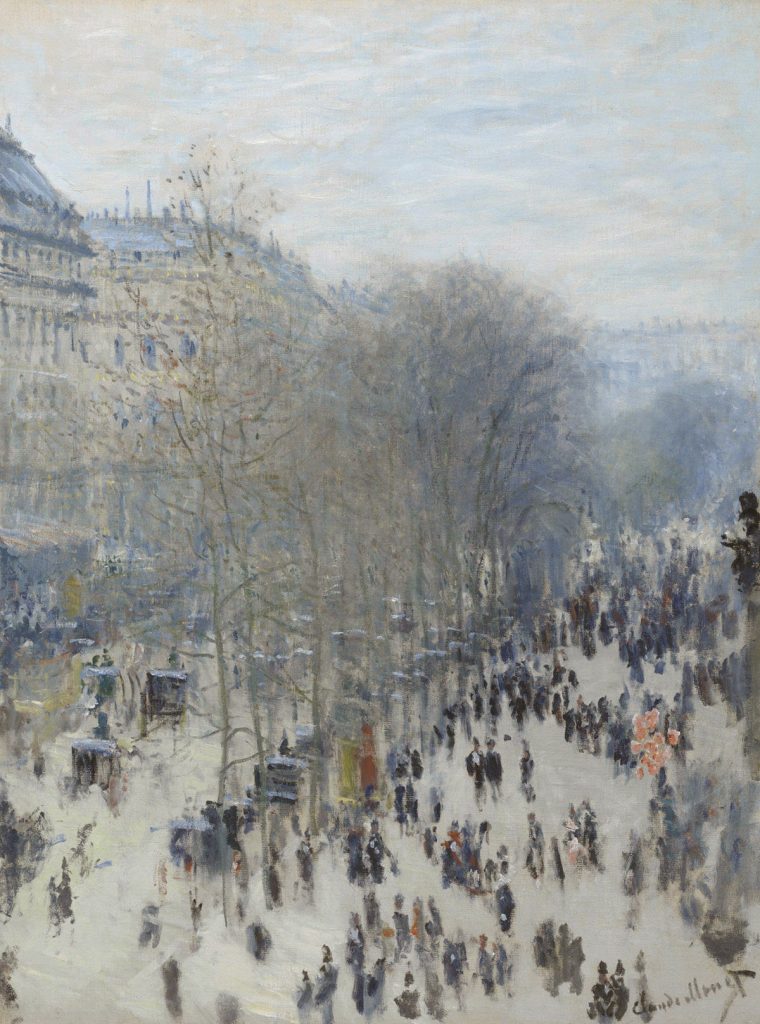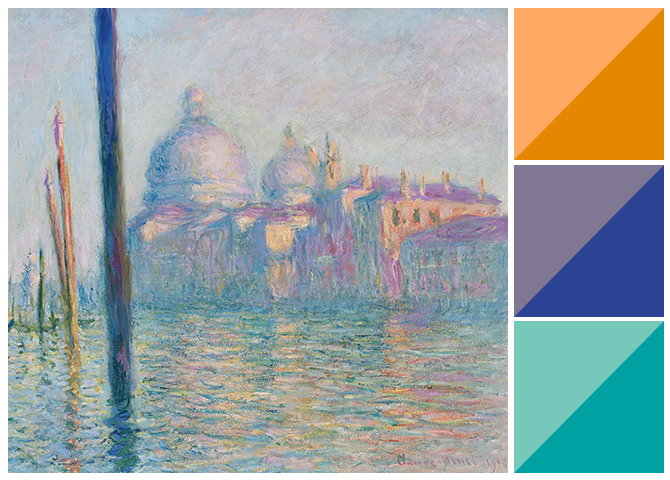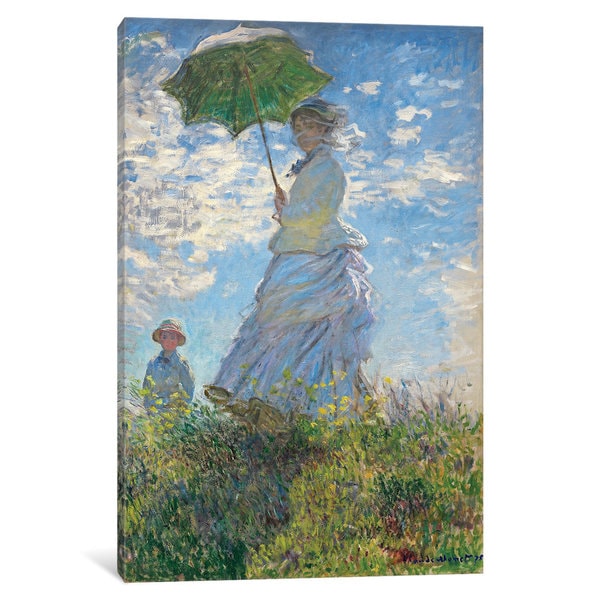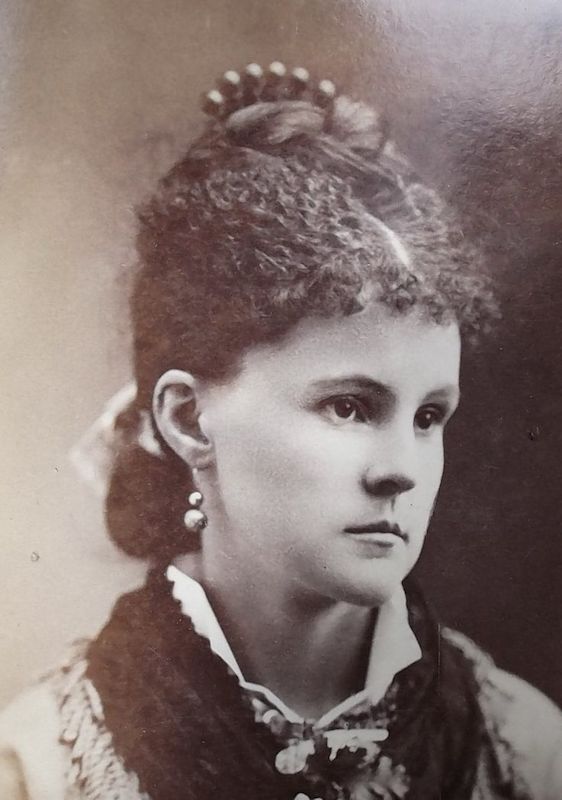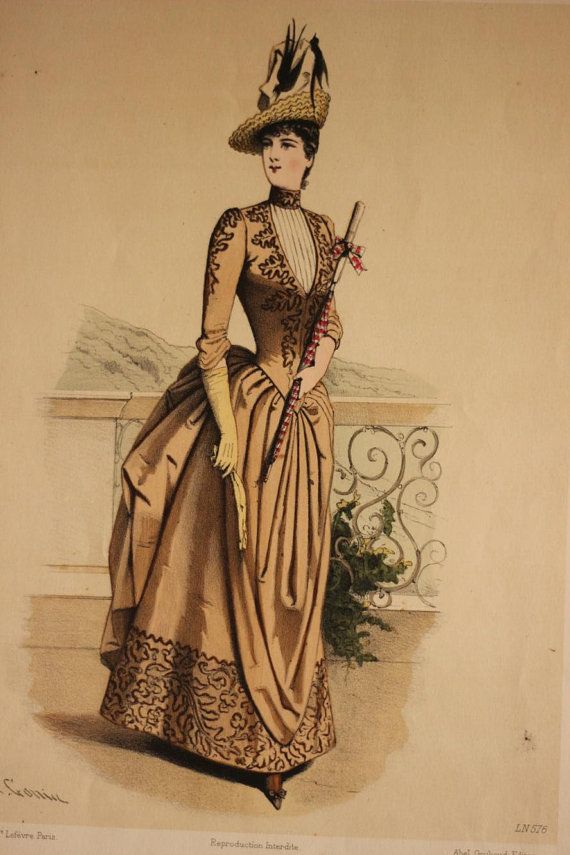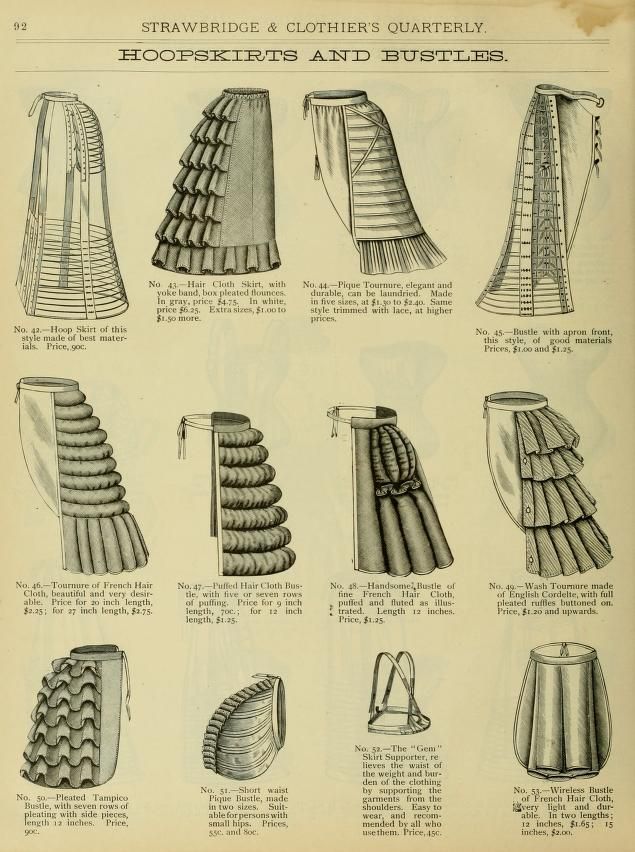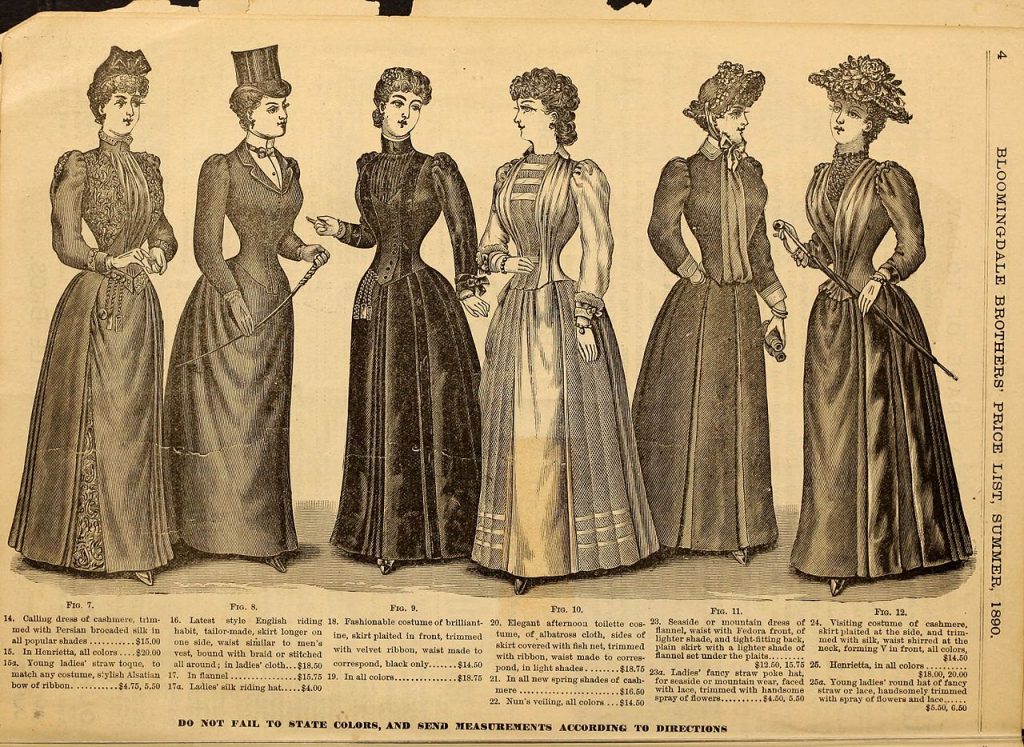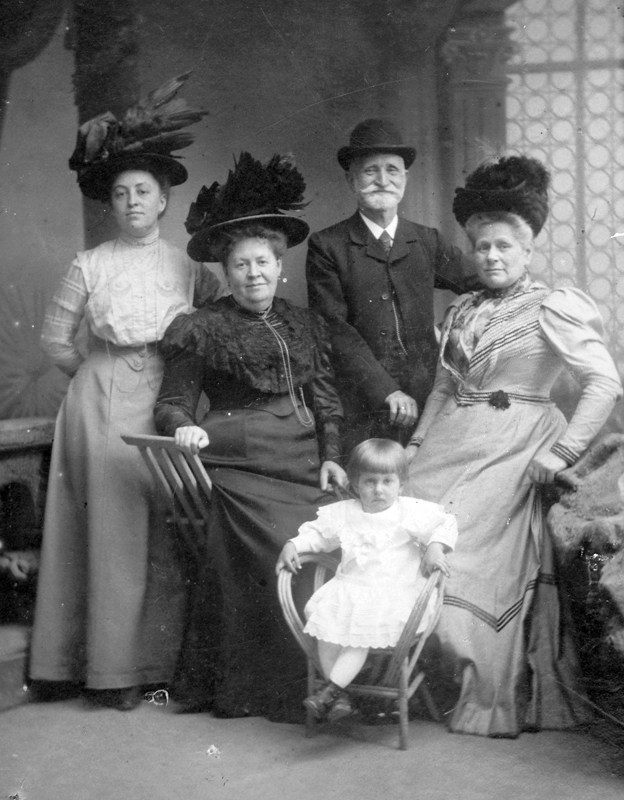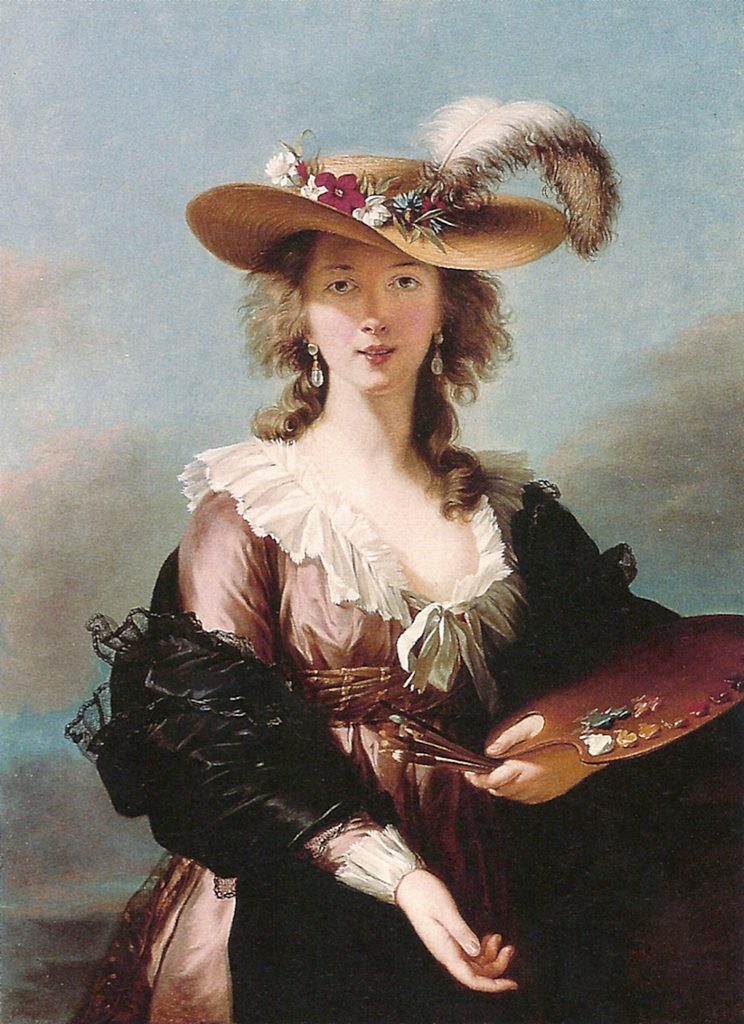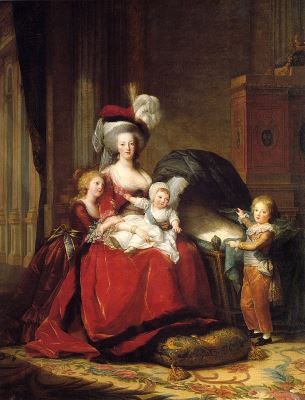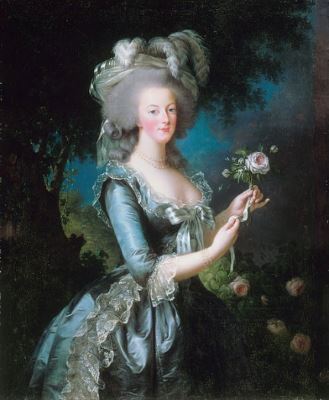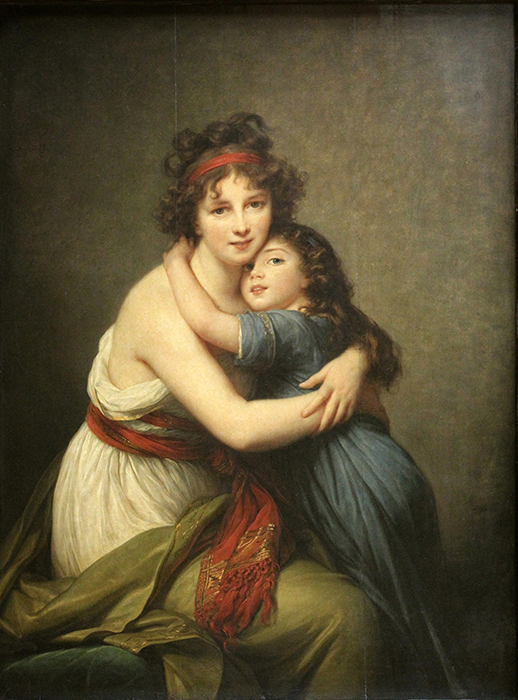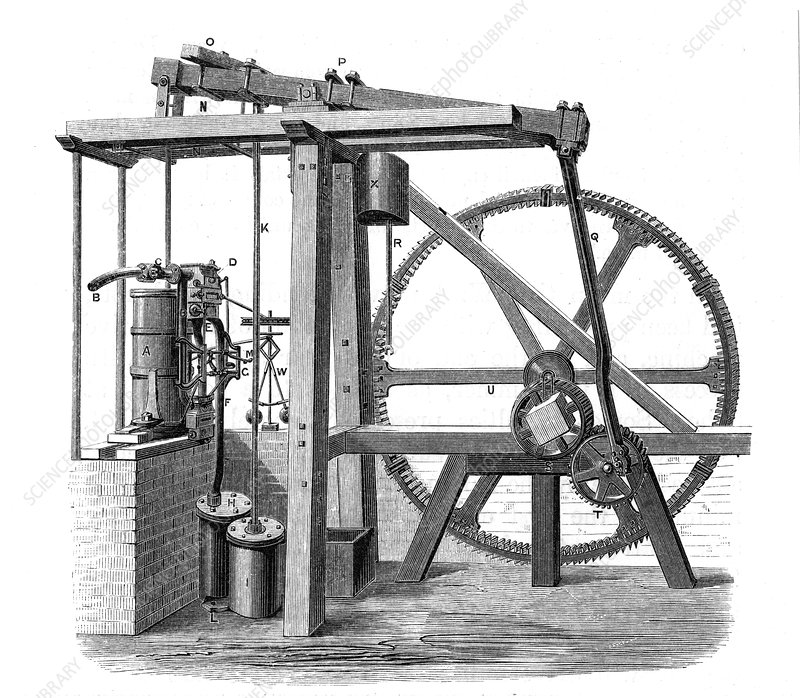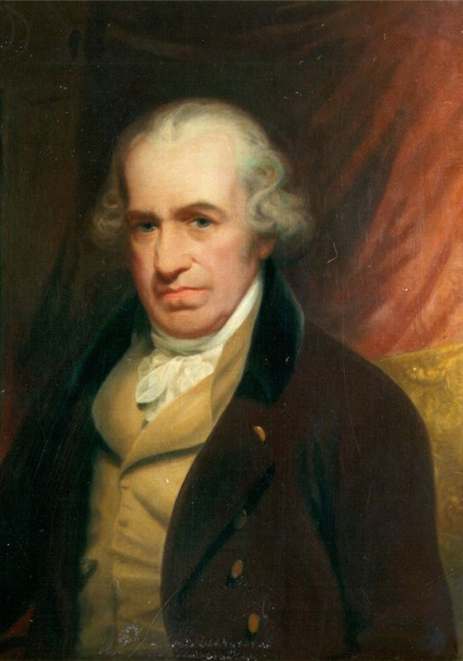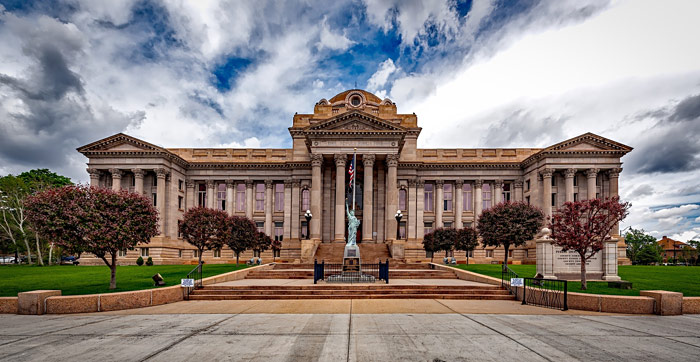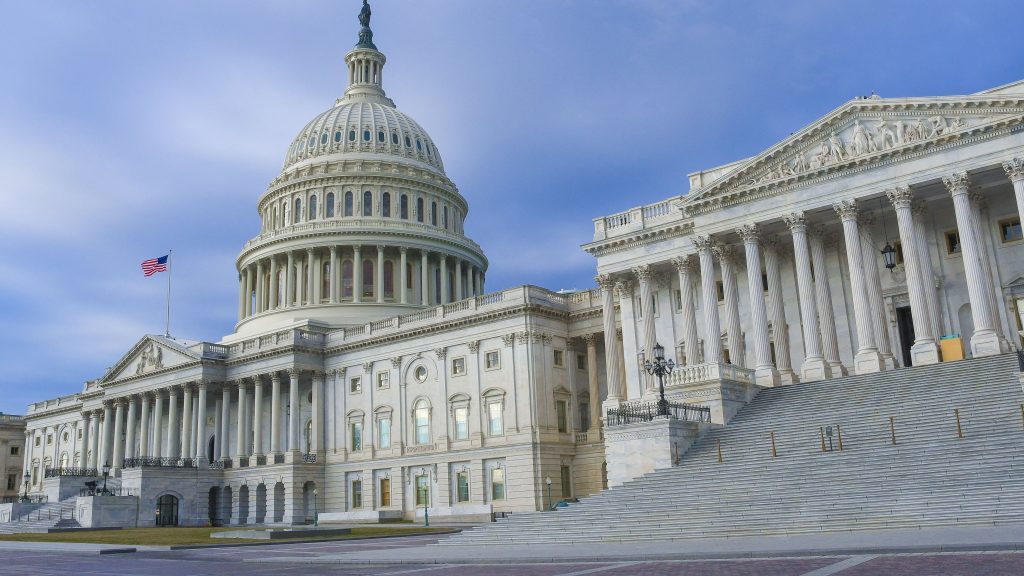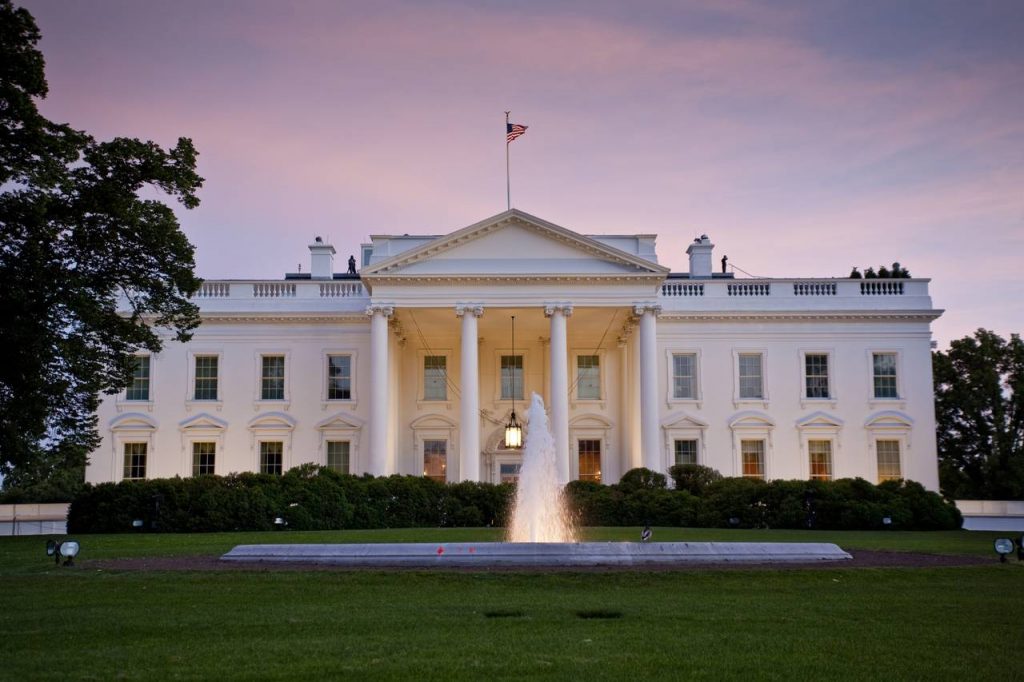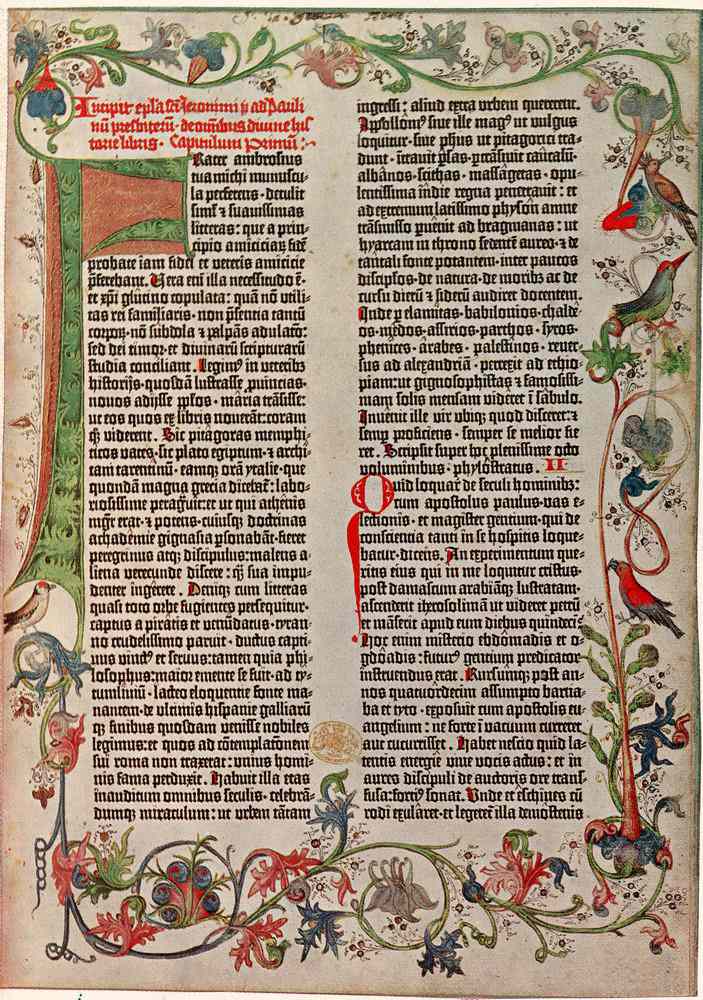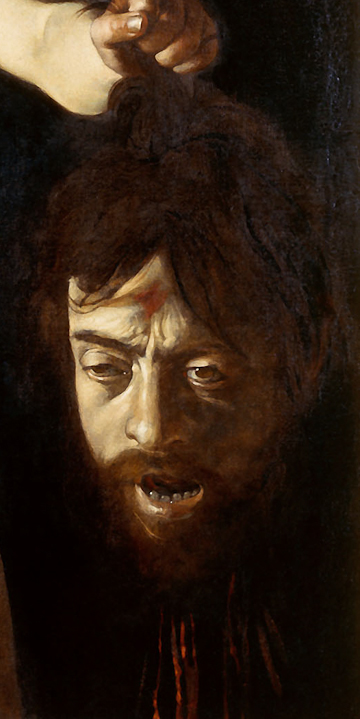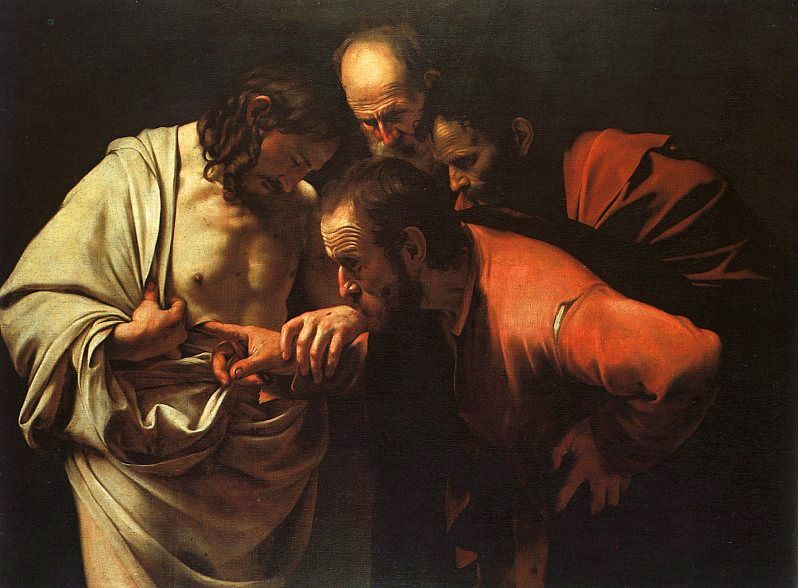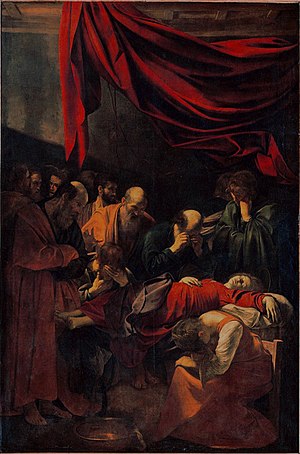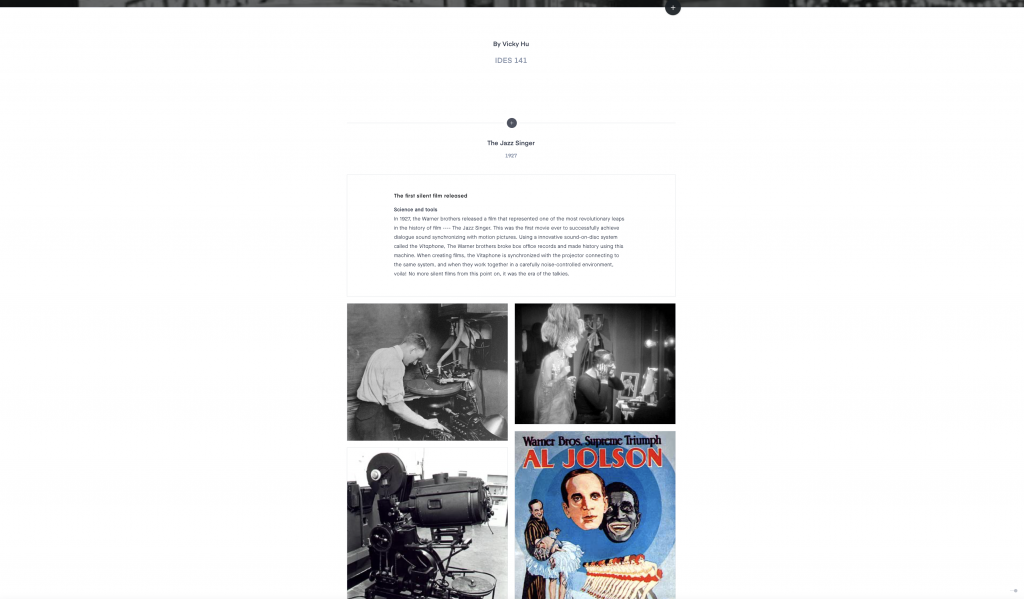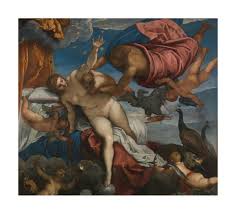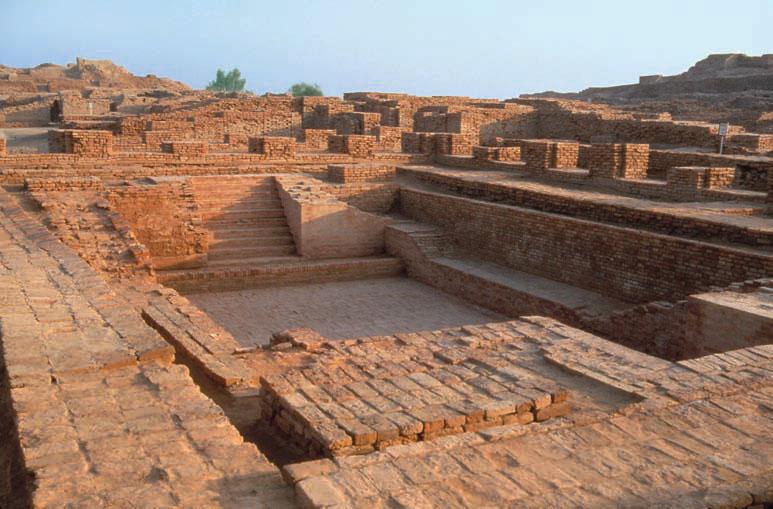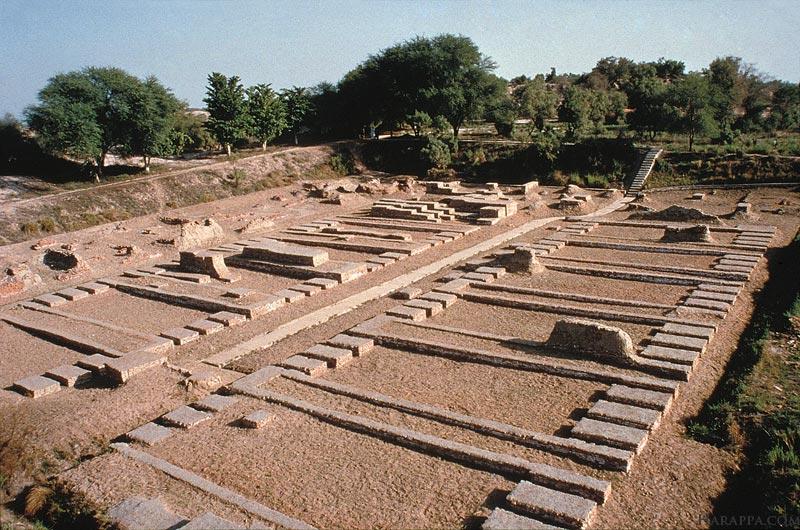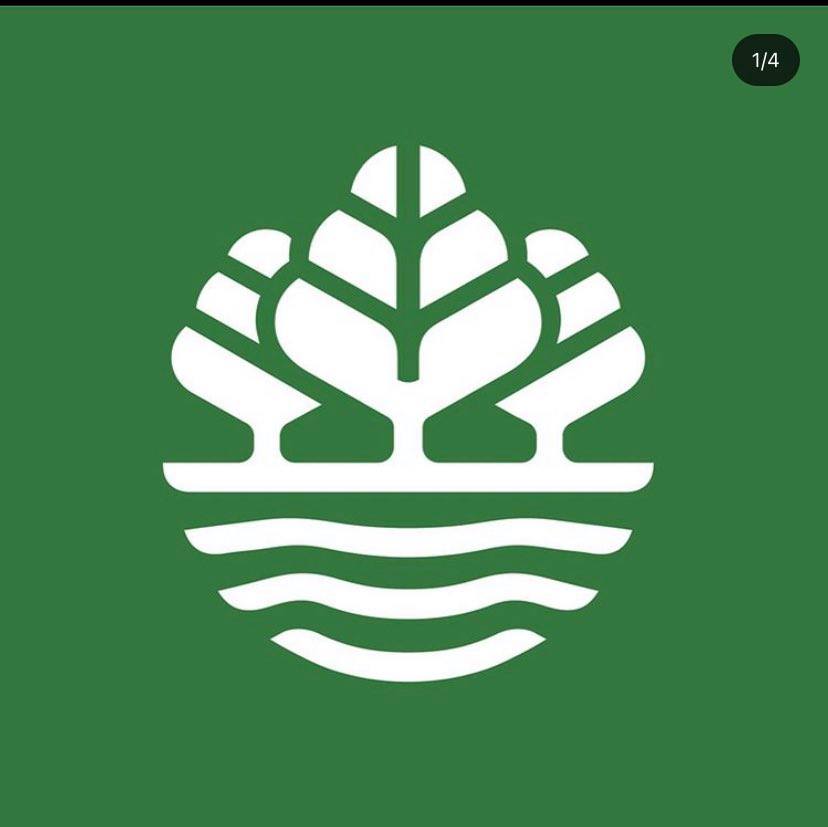A Polish artist who helped bring modern art to Poland.
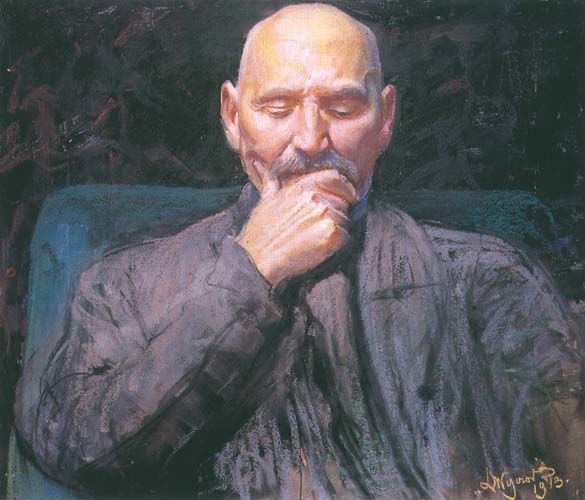
About the artist
Leon Wyczółkowski was a realist painter who helped bring the Young Poland Movement to its success. The young Poland movement was a revolutionary change for art, literature, and music in Poland since modernism and symbolism in art began to find its way into the country. He was a realist/impressionist painter who studied at several different fine arts academies in Poland and produced over 700 works in his lifetime. Later in his career, he began exploring graphic art and sculpture and also became the president of the Academy of Fine Arts in Kraków. His works often convey a strong feeling of a certain mood in daily life, through his style of color usage and tones.
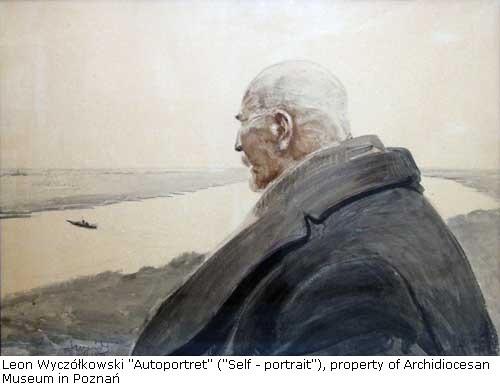
I really resonate with his style of painting. I love the way he depicts the feeling of solitude with the simple composition, and a very muddy, grey background (not a bad thing at all!). I just love the foggy landscape that have a strong sense of depth, and the gaze of himself in the foreground feels absolutely melancholic although I cannot even see his eyes! This painting almost makes me feel sad and nostalgic, and allows me to ponder a lot. But I love that he is able to convey these emotions.
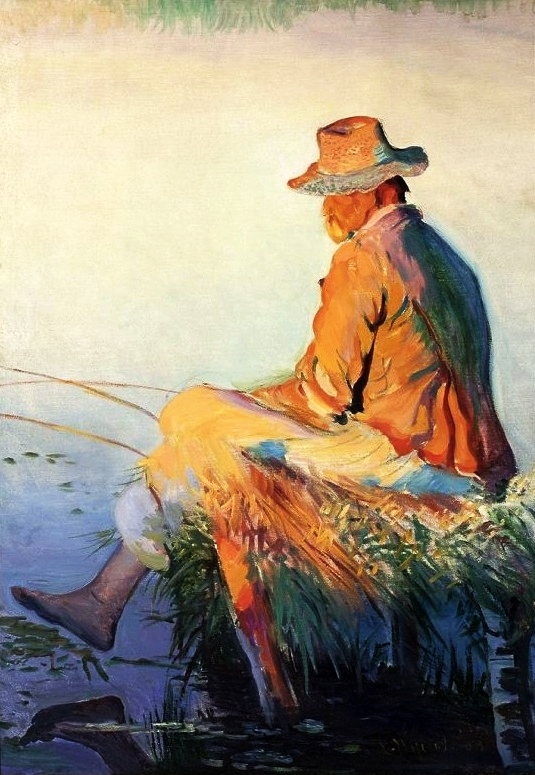
This is a classic representation of his style. The usage of saturated blues in the atmospheric light in his paintings, and the back of a human figure facing towards somewhere the audience cannot see. I think this is why many of his paintings feel melancholic. However, I personally feel that the mood of this painting feels more comforting and peaceful rather than sad. The slight extension of the leg towards the water, and the warm sunlight shining on the figure captures the small feeling of assured peacefulness in this very short moment of this fisherman’s day (personal feeling).

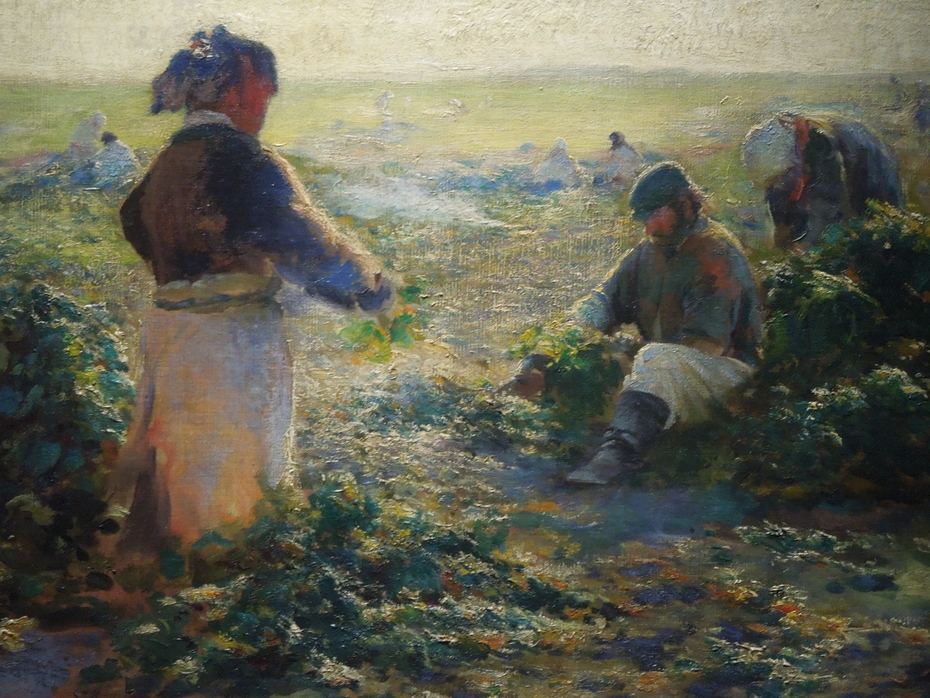
He loved painting the working class. I feel like the way he paints in the last photo especially shows how he blurs the lines between realism and impressionism. He uses both techniques, as he captures a brief moment of the day with seemingly loose brushwork, but also captures the mood and certain details of his subjects very well. Again, the people in his paintings are not looking directly at the viewer, instead, they are working away at the task at hand. I think he intends to show this feeling of the workers’ diligence and mood in their daily life by painting the way they focus on their work.
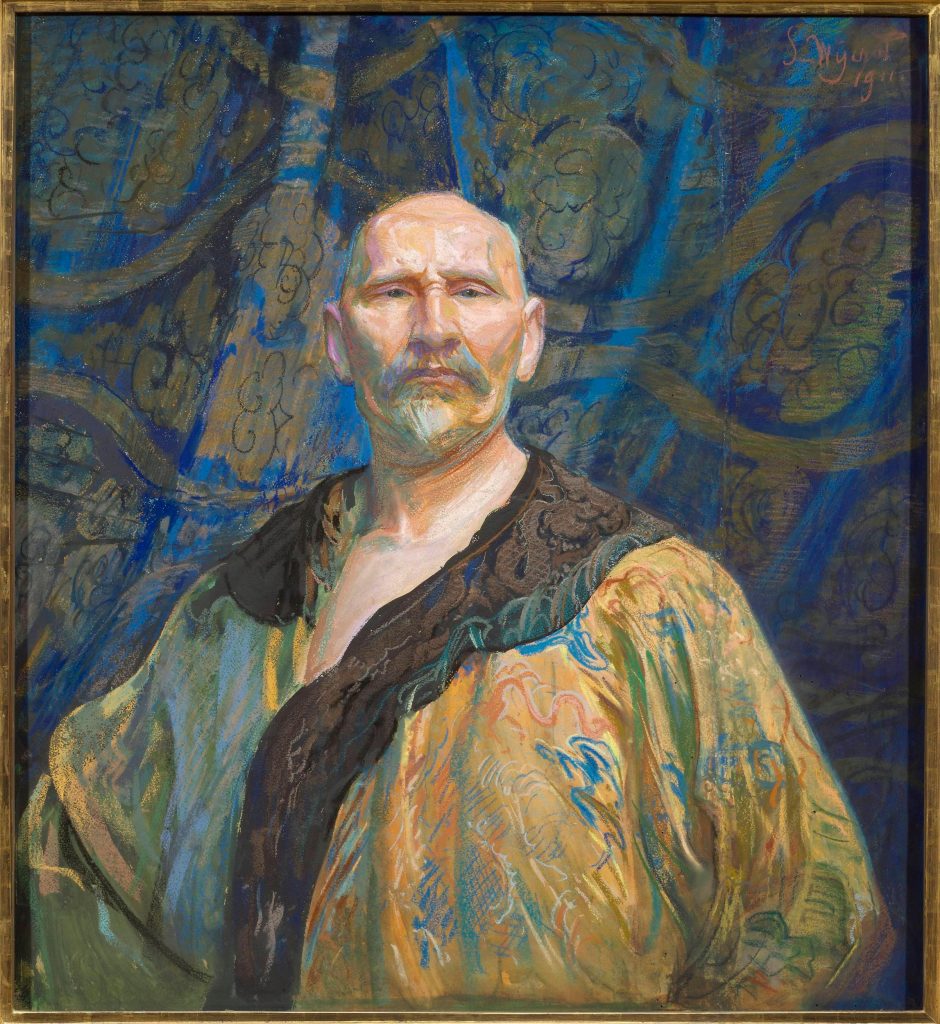
Like many artists during his time, Wyczółkowski was also greatly influenced by Chinese, Japanese, and asian art. This is often seen through the pattern and subjects in his paintings. Another aspect that often stands out, again, is the usage of blue. He loves to use saturated azure blue for his shadows, instead of making them very dark. It almost gives his paintings a velvety look.
Reflection
I thoroughly enjoyed viewing and learning about Wyczółkowski through his artworks. I think the reason I resonate with his style so much is simply becasue he is able to capture what I want to achieve——the mood of nostalgia. Not as in I personally experienced the scenes in his paintings myself, but the way he delivers the feeling as if you were there, as if you can recall a memory where you experienced the same thing. I think artists who are able to convey these emotions through a frame of a moment are amazing.
Sources:
https://culture.pl/en/artist/leon-wyczolkowski
https://prabook.com/web/leon.wyczo_kowski/3742556#works
https://en.wikipedia.org/wiki/Young_Poland
https://commons.wikimedia.org/wiki/File:Leon_Wyczółkowski_%27Orka_na_Ukrainie%27.jpg
https://useum.org/artwork/Untitled-Leon-Wyczolkowski-1911

